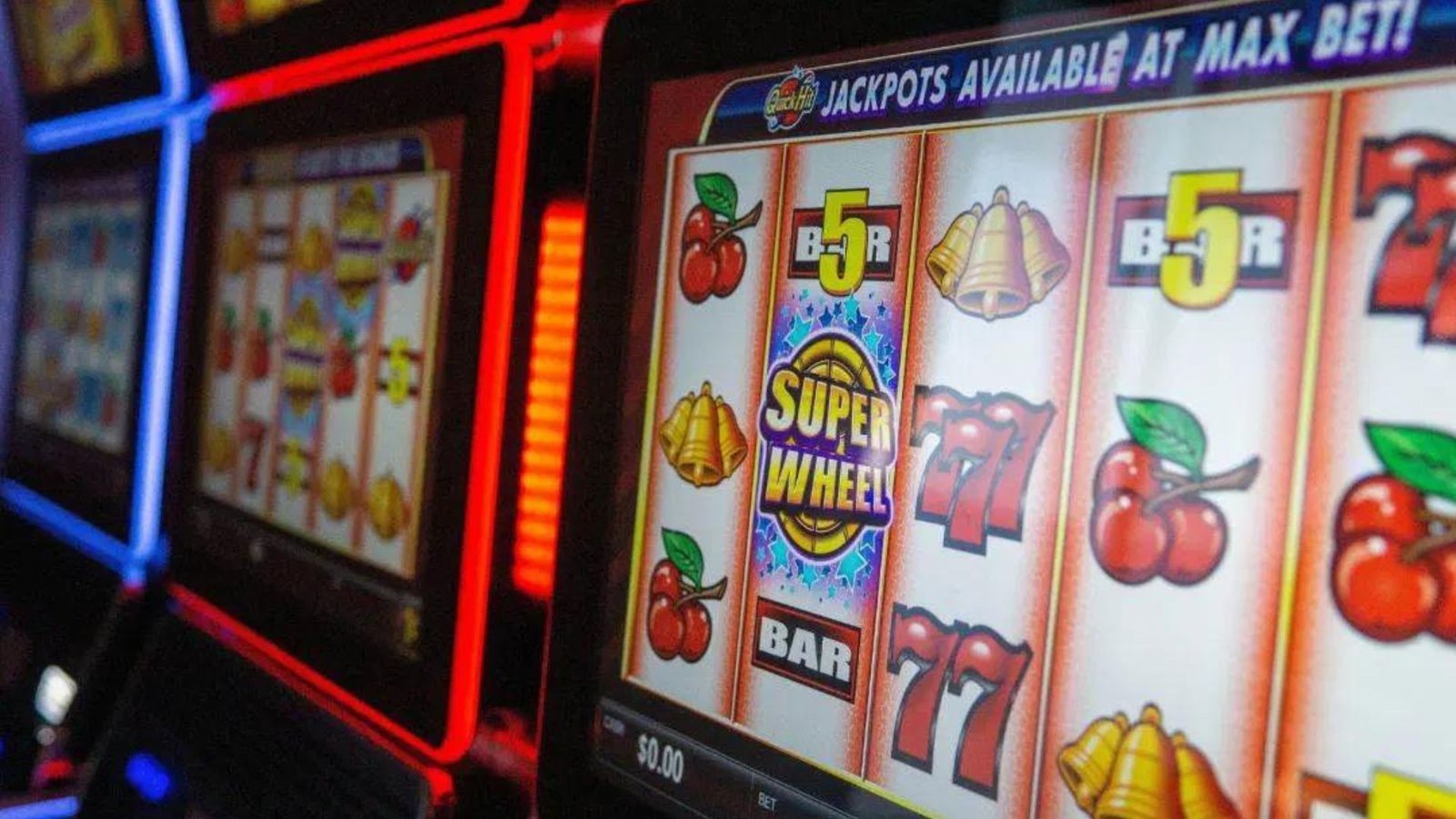Return to Player (RTP) is a crucial factor in slot gameplay, as it determines the percentage of wagered money that is paid back to players over time. Understanding the role of RTP in long-term gameplay and payouts is essential for slot enthusiasts looking to optimize their gaming experience. In this post, we will explore the significance of RTP, how it affects players’ chances of winning, and strategies for maximizing returns in the long run.
The Role of Slot RTP in Long-Term Gameplay and Payouts
- Understanding Return to Player (RTP):
RTP is a theoretical percentage that represents the amount of money a slot machine is designed to pay back to players over its lifespan. A 95% RTP, for example, would mean that on average, the slot pays out 95% of the total wagers made on it. It is crucial to remember that RTP is a long-term average and may not accurately reflect short-term outcomes.
- Impact on Player Chances of Winning:
Higher RTP slots offer better chances of winning than those with lower RTP. While it does not guarantee individual wins or losses in the short term, a higher RTP slot generally has a higher probability of providing returns over time. Players seeking longer gameplay and increased opportunities for payouts should consider selecting slots with higher RTP percentages.
- Bankroll Management and Payout Expectations:
Understanding RTP is essential for effective bankroll management. Higher RTP slots generally offer better odds for extended gameplay, allowing players to enjoy more spins before depleting their budget. It is important to align payout expectations with the chosen slot’s RTP to set realistic goals and manage betting strategies accordingly.
- Variance and RTP Interaction:
Variance, or volatility, is another important factor to consider alongside RTP. While RTP represents long-term payouts, variance determines the frequency and size of individual wins. High-variance slots may have lower hit rates but offer bigger payouts when wins occur. Balancing the desired level of risk and reward by choosing the right combination of RTP and variance is a key consideration for players aiming for specific gaming experiences.
- Researching and Choosing High RTP Slots:
When selecting slots, players should conduct research to identify high RTP options. Online casinos and game developers usually provide RTP information, allowing players to make informed choices. Seeking out slots with RTP above industry averages can increase the chances of long-term profitability, creating a more rewarding gaming experience.
- Managing Expectations and Responsible Gaming:
While understanding RTP is crucial for making informed choices, it is important to approach slot gameplay responsibly and with realistic expectations. Slots are games of chance, and individual outcomes can fluctuate significantly from the expected RTP. Players should always set a budget, gamble within their means, and recognize that enjoyment is the primary motivation for playing.
Conclusion:
Return to Player (RTP) significantly influences long-term gameplay and payout potential in slot machines. By understanding and considering the RTP of different slots, players can make informed decisions, maximize their chances of winning, and optimize their gaming experiences. However, it is vital to remember that slots remain games of chance, and responsible gambling practices should be followed at all times for a safe and enjoyable gaming venture.











